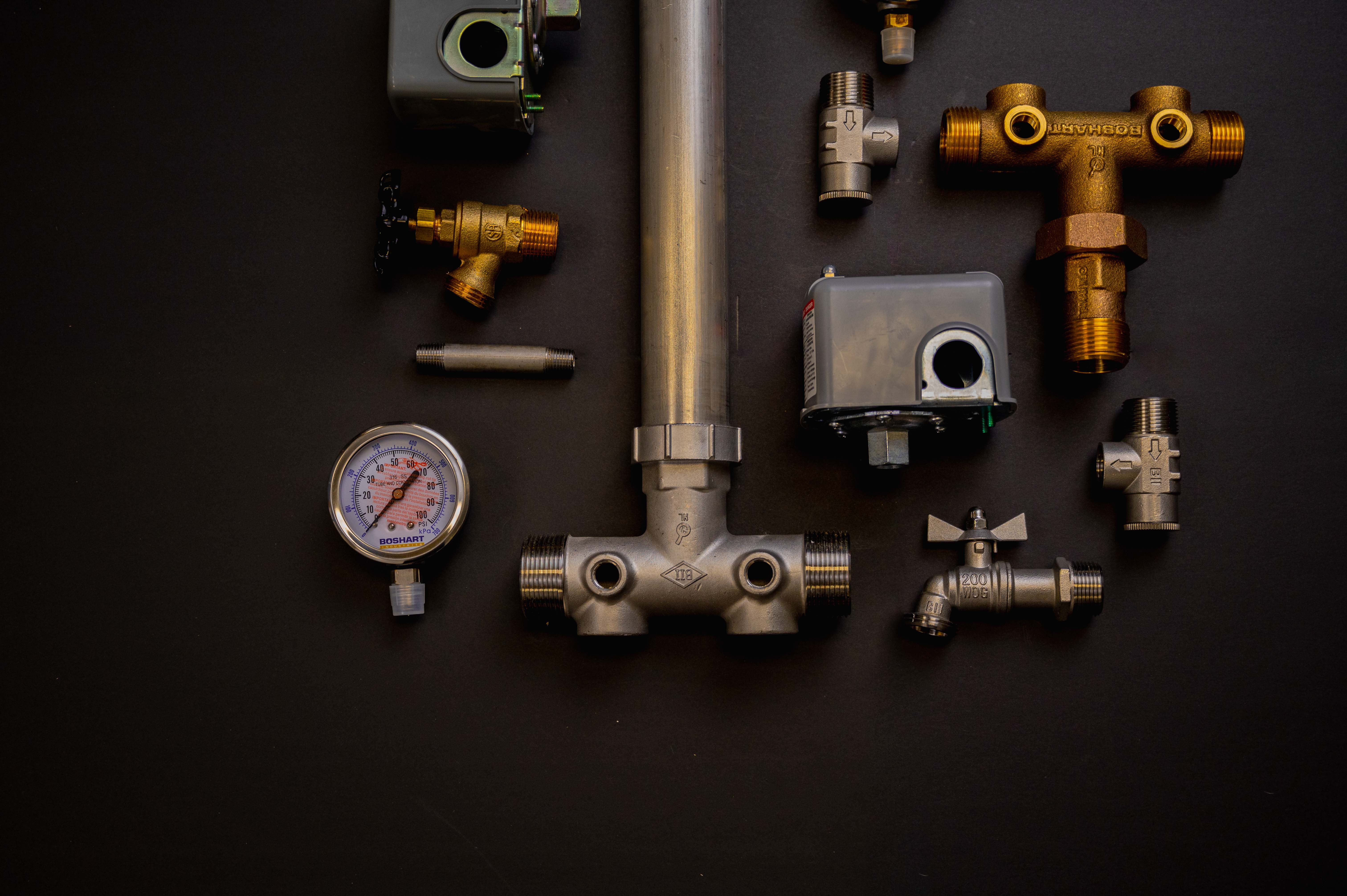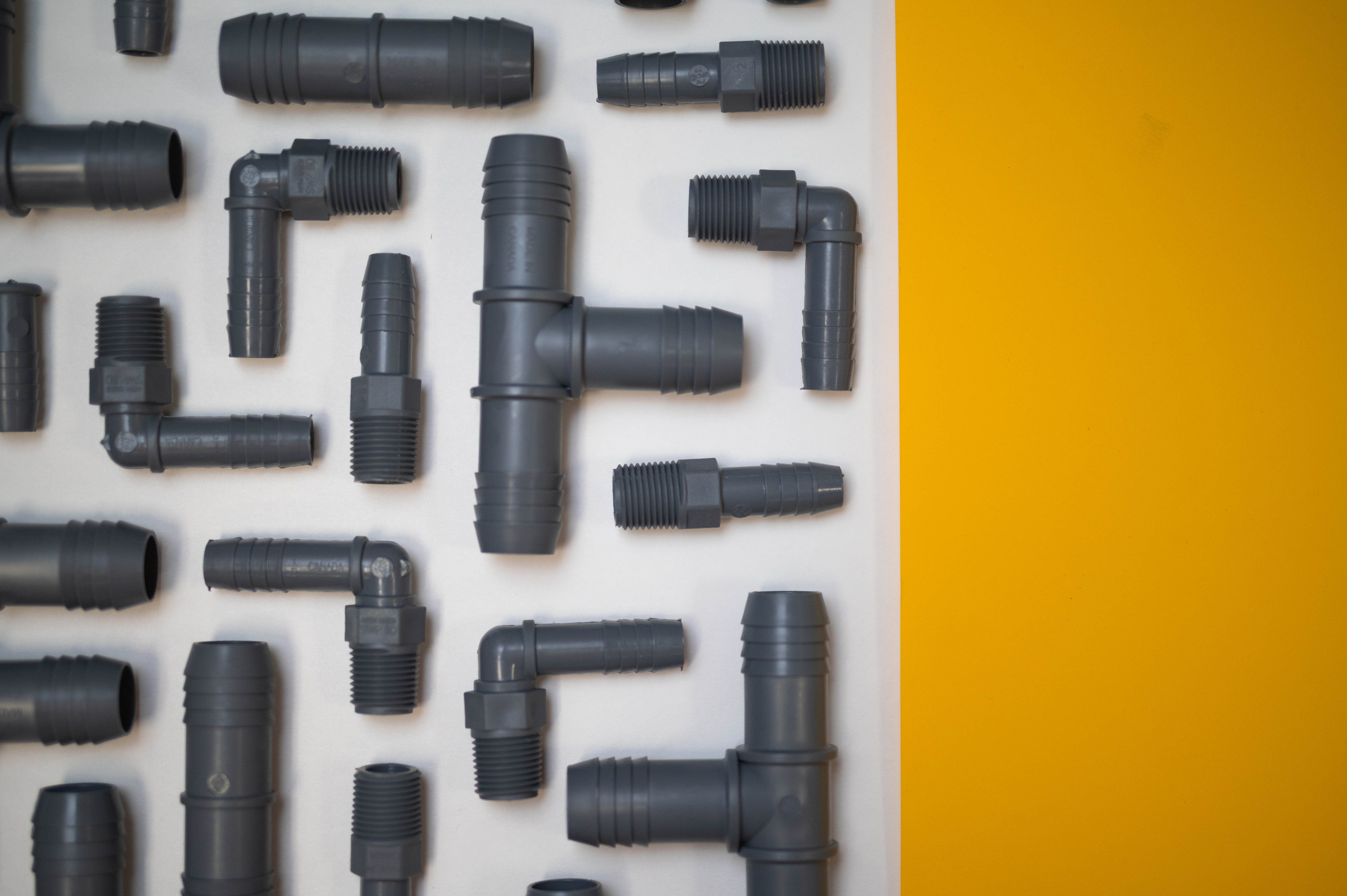So: you need a tank tee for your pressure tank. Next you're probably trying to determine what style, material, and size of tank tee you require. This is where things get tricky, simply due to how many variations there are around tank tees. The product itself is simple in function, but your choices when ordering can cause a lot of confusion.
While there is often information on the side of your pressure tank or the tank manual to select the correct tank tee, it likely won't answer every question you have to guide you in the right direction.
In this blog, we will go through two things you need to know before picking up the phone and ordering a tank tee for your system, ensuring you don't select the wrong one.
Two of the key factors are:
- Tank Tee Specification
- Tank Connection Fitting Material
1. Tank Tee Specification
The purpose of a pressure tank is to maintain pressure in your system, to give the pump a break. This means that the pump does not need to run constantly in order to remain at the system pressure. Pressure tanks can be a bit pricey upfront, by it is important to not undersize your tank, as it will cost you more in the long run.
Be sure to size the pump and tank to provide a suitable run time. This will result in less start and stops, expanding the life of the pump motor.
Consult your tank manufacturer to gather the tank sizing information.
Built into your pressure tank are connections that are typically 1" FPT or 1-1/4" FPT (Female NPT connection) for higher capacity tanks. This would indicate that you need to order a tank tee with an MPT connection in order to join properly.
However, there are some brands and models of tanks that would include a 1" MPT or 1-1/4" MPT (Male NPT connection). In this case, you'd want to order the corresponding FPT tank tee instead.
In addition to either of these, you may also run into a tank that has a specialized adapter which has a MPT connection but can be installed using either a female tank tee attached to an adapter or a special tank tee that connects directly to the tank.
Know whether your pressure tank has an MPT or FPT connection (and what size) so that you know which tank tee to order.
The tank tee should always be matched to the tank's connection size. It is not recommended to reduce the size of the tank tee. The pipe from the well to the tank and tank tee should be able to maintain a flow velocity of 5 FPS (feet per second) with the maximum being 7 FPS.

The above chart provides the GPM (gallons per minute) range. Ideally, a 1" tank tee should only be used on a pump with 13.5 GPM or less capacity. If your pump provides over 14 GPM, you should increase the tank connection and tank tee size from 1" to 1-1/4".
2. Tank Connection Fitting Material
Depending on the brand of tank you have, the connection fitting (the elbow or joint where your tank tee threads on) will be a certain metal material. The most common tank connection materials are malleable iron, brass, stainless steel and plastic.
It is always a recommended practice to avoid joining dissimilar metals when possible. Selecting a tank tee that is the same material as the tank connection fittings will reduce the risk of galvanic corrosion from two different metals interacting with each other.
For more information on the different materials available and why not connecting dissimilar metals is so important, check out our blog, What Material Works Best With Your Tank.
Plastic connections eliminate all concerns regarding tank material (for obvious reasons).
If you were to join brass and stainless steel, it will not cause any problems as they are close on the galvanic corrosion chart, both being noble metals. When it comes to stainless steel (301,304 or 310) and brass, they are only two metals apart, meaning they can be connected safely, with minimal risk of any galvanic corrosion occurring.
If you remember one thing: Not all materials are safe to connect, so be sure to check out our blog What Material Works Best with your Tank for the corrosion table.
In Summary:
Be sure to consider these aspects when ordering a tank tee for your pressure tank and you will be considerably less likely to make an error or cause damage.
While tank tees can be a confusing product for users, a little bit of investigation can provide a ton of clarity around what to order.
Have further questions about this subject?

Head over to Boshart's Knowledge Base: technical product information, guidelines, and more.




![[Video] How to Properly Measure your Tank Tee](https://blog.boshart.com/hubfs/20.jpg)
SHARE